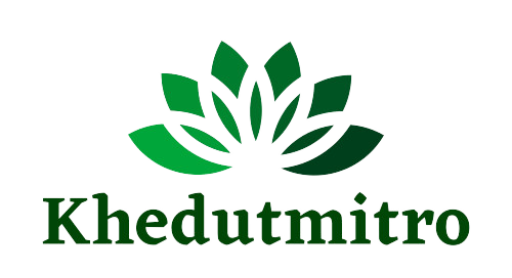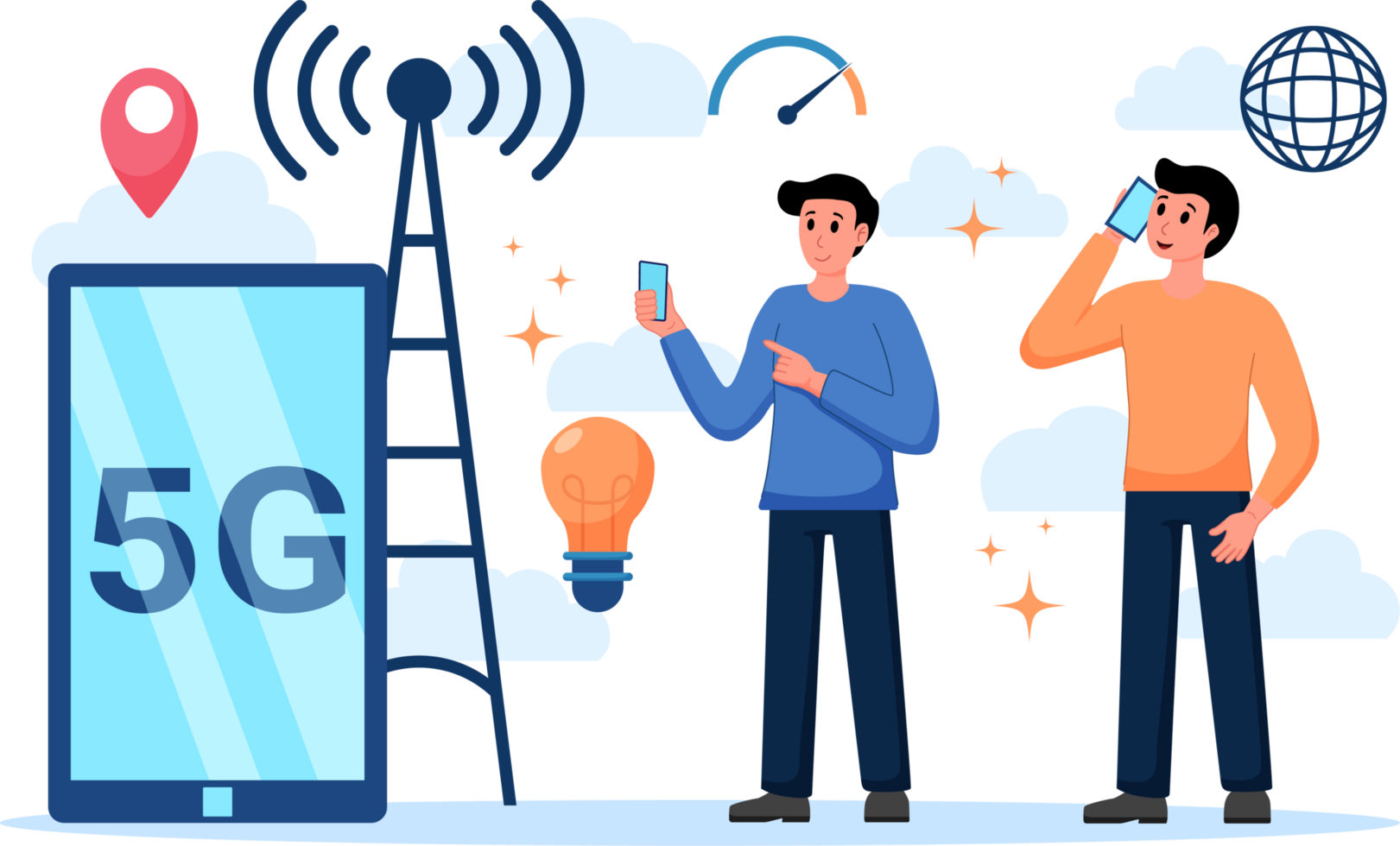Delve into the impact of 5G on communication networks and internet speed.
The advent of 5G technology has significantly impacted communication networks and internet speeds, ushering in a new era of connectivity characterized by higher data transfer rates, lower latency, and increased capacity. Here are some key aspects of the impact of 5G on communication networks and internet speed:
Increased Data Transfer Rates:
- 5G technology provides significantly faster data transfer rates compared to its predecessor, 4G. It is capable of delivering peak speeds in the gigabit-per-second (Gbps) range, allowing for swift downloads, seamless streaming, and improved overall user experience.
- The increased data transfer rates are particularly beneficial for applications that demand high bandwidth, such as 4K video streaming, virtual reality (VR), augmented reality (AR), and immersive gaming.
Low Latency:
- 5G networks are designed to offer extremely low latency, which refers to the time it takes for data to travel between the source and the destination. This low latency is crucial for applications that require real-time responsiveness, such as online gaming, remote surgery, and autonomous vehicles.
- Reduced latency enhances the user experience and enables the development of innovative applications that were not feasible with previous generations of wireless technology.
Increased Network Capacity:
- 5G networks are designed to accommodate a higher number of connected devices per square kilometer. This increased capacity is essential in the context of the growing number of Internet of Things (IoT) devices and the proliferation of smart cities.
- The improved network capacity ensures that there is less congestion, resulting in a more stable and reliable internet experience even in densely populated areas.
Enhanced Connectivity in Rural Areas:
- 5G technology has the potential to bridge the digital divide by providing high-speed internet
Discuss how 5G is enabling the growth of IoT and connected devices.
The fifth-generation wireless technology, commonly known as 5G, is playing a pivotal role in enabling the growth of the Internet of Things (IoT) and connected devices. 5G brings several key features and improvements that significantly enhance the capabilities of IoT networks and devices. Here are some ways in which 5G is contributing to the expansion of the IoT landscape:
High Data Rates and Low Latency:
- Faster Speeds:
- 5G provides significantly higher data transfer rates compared to its predecessors, allowing for faster and more efficient communication between devices. This is crucial for applications that require real-time data processing and quick response times.
- Low Latency:
- 5G networks offer lower latency, minimizing the delay in transmitting and receiving data. This is particularly important for applications such as autonomous vehicles, industrial automation, and augmented reality, where low latency is essential for optimal performance.
Increased Device Density:
Support for Massive IoT:
5G is designed to support a massive number of connected devices per square kilometer. This is essential for the proliferation of IoT devices, as many applications involve deploying a large number of sensors and actuators in a given area.
Energy Efficiency:
Improved Power Management:
5G networks are designed to be more energy-efficient, which is crucial for IoT devices with limited power sources, such as sensors deployed in remote locations or on battery-powered devices. This enhances the overall sustainability of IoT deployments.
Network Slicing:
Customized Network Configurations:
5G introduces the concept of network slicing, allowing network operators to create virtualized, customized network segments tailored to specific IoT applications. This enables efficient resource allocation and ensures that diverse IoT use cases can coexist on the same network infrastructure.
Enhanced Security:
Advanced Encryption and Authentication:
5G incorporates improved security features, including enhanced encryption and authentication mechanisms. This is vital for safeguarding sensitive data transmitted between connected devices, addressing concerns related to privacy and security in IoT ecosystems.
Ubiquitous Connectivity:
Wider Coverage:
5G networks aim to provide broader coverage, including in remote and rural areas. This expansion of coverage ensures that IoT devices can be deployed in a variety of environments, facilitating applications like smart agriculture and environmental monitoring.
Facilitation of Edge Computing:
- Distributed Processing:
- 5G facilitates edge computing by bringing computation and data storage closer to the devices generating and consuming data. This reduces the need to transmit large amounts of data to centralized cloud servers, improving efficiency and reducing latency for time-sensitive IoT applications.
In summary, 5G is a transformative technology that not only enhances the speed and reliability of communication but also introduces features like low latency, high device density, and network slicing that are critical for the growth of the Internet of Things. This enables a wide range of innovative applications across industries, contributing to the development of smarter and more interconnected ecosystems.
Explore potential applications and benefits in various industries.
Certainly! The applications and benefits of advanced language models like GPT-3.5 span across various industries, leveraging natural language processing and understanding capabilities. Here are some examples:
Healthcare:
- Medical Documentation: Automated generation of medical reports and documentation, reducing the burden on healthcare professionals.
- Patient Assistance: Virtual assistants for answering medical queries, scheduling appointments, and providing information on medications.
Education:
- Tutoring and Homework Help: Personalized tutoring and assistance for students, helping them understand complex concepts.
- Content Creation: Generating educational content, quizzes, and assessments.
Finance:
- Customer Support: Handling routine customer queries and providing information on financial products and services.
- Fraud Detection: Analyzing large sets of data to detect patterns indicative of fraudulent activities.
Retail:
- Customer Service: Enhancing customer service through automated responses, order tracking, and product recommendations.
- Inventory Management: Optimizing inventory levels based on historical data and market trends.
Marketing:
- Content Creation: Generating marketing copy, blog posts, and social media content.
- Sentiment Analysis: Analyzing customer sentiments to gauge public opinion and adjust marketing strategies.
Legal:
- Document Review: Accelerating the process of reviewing legal documents for relevant information.
- Research Assistance: Assisting legal professionals in legal research and case analysis.
Human Resources:
- Resume Screening: Automating the initial screening of job applications by analyzing resumes.
- Employee Support: Providing HR-related information and answering employee queries.
Technology:
Code Generation: Assisting developers in generating code snippets and providing programming-related support.
Technical Support: Offering automated technical support for common issues.
Entertainment:
- Content Creation: Generating scripts, storylines, and dialogues for movies, TV shows, and video games.
- Voice Acting: Simulating diverse voices and accents for characters.
Manufacturing:
- Supply Chain Optimization: Analyzing supply chain data for better demand forecasting and inventory management.
- Quality Control: Assisting in the analysis of quality control data.
Travel and Hospitality:
- Customer Service: Handling travel-related queries and providing information on bookings.
- Translation Services: Facilitating communication for travelers in different languages.
Energy:
- Data Analysis: Analyzing data from sensors and devices for predictive maintenance in the energy sector.
- Safety Protocols: Developing and implementing safety protocols based on historical data.
These examples showcase the versatility of language models like GPT-3.5, with potential applications across a wide range of industries to enhance efficiency, productivity, and customer satisfaction.




